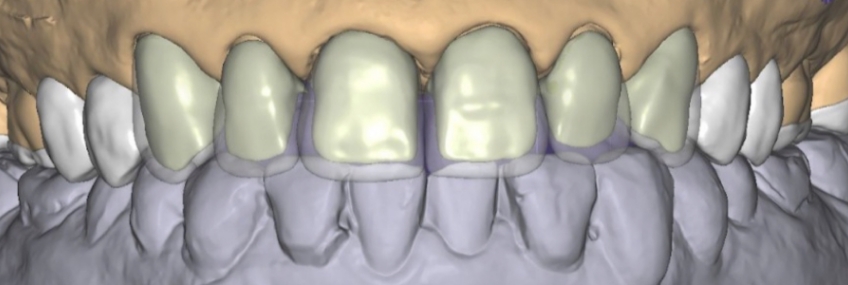Dental Digital Workflow: Tooth-Supported Rehabilitation of the Maxillary Arch
By Ricardo Mitrani on January 5, 2023 | 6 commentsTechnology to support dental digital workflows have evolved tremendously over the last decade, allowing the treating team to diagnose, treatment plan, and execute therapy predictably and consistently using digital radiography, digital photography, intraoral scanning, design software, 3D printing and milling, to name just a few technologies.
Dental Digital Workflow: A Visual Essay
This visual essay shows a few of the steps involved in the reconstruction of a maxillary arch that was severely worn due to extrinsic dental erosion. In a previous article, we discussed this condition and how relatively common it is to find it in our patients.
The patient depicted here is a 40-year-old male who admitted drinking nine Diet Cokes every day for the last 20 years. Following is a step-by-step illustration of how the case developed, using a digital workflow to increase efficiency and predictability.

















This visual essay illustrates a step-by-step dental digital workflow implementing reconstructive treatment of a maxillary arch that was severely worn due to extrinsic erosion, allowing the dental team to be predictable and efficient throughout therapy.
Ricardo Mitrani, D.D.S., M.S.D., is a member of Spear Resident Faculty.
Comments
January 12th, 2023
January 18th, 2023
January 18th, 2023
January 18th, 2023
January 22nd, 2023
January 22nd, 2023